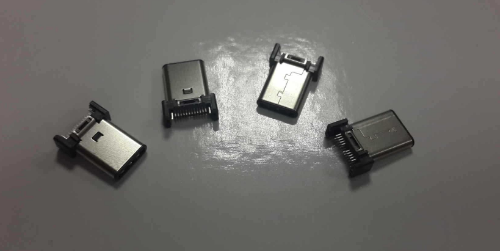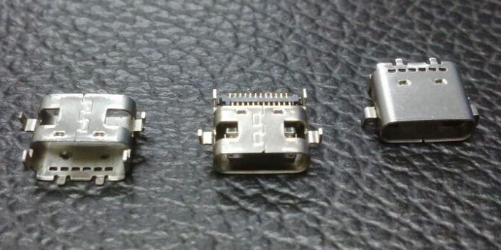Research background of USB Type-C interface
发布时间:2023-02-16作者:Shenzhen BBJ technology co., LTD点击:576
Universal Serial Bus (USB) is a bus architecture developed by Intel Corporation. It is a serial bus standard for connecting computer systems and external devices, and also a technical specification for input and output interfaces. It is widely used in information communication products such as personal computers and mobile devices, and has been extended to other related fields such as photographic equipment, digital TV, and game machines. It started from version 1.o in 1996, popularized in version 2.0 in 2000, and updated in version 3.0 in 2008, and finally became the latest state in version 3.1 Type-C interface in 2013.

The first generation of USB 1.0 has a large-scale commercial application transmission rate of 12Mbps, but with the continuous growth of bandwidth demand, USB 1.0 will soon be unable to meet the actual demand. Subsequently, USB 2.0 brought about a significant increase in the transmission rate, reaching a peak of 480Mbps. Later USB3.0 was upgraded to 5Gbps, while the latest USB 3.1 Type-C interface can reach 10Gbps transmission rate. With the large-scale acceptance and adoption of this interface in the market, especially in the consumer electronics market, USB has evolved from the initial positioning in data transmission to the current data transmission plus power supply and charging functions, and even the simple power supply and charging functions. Few technologies or standards can be as ubiquitous as USB. In nearly 20 years, USB has always undertaken arduous tasks, helping people to continuously transmit data and electricity, and the speed is constantly improving.
There are more and more kinds of electronic devices, and people's backpacks are filled with various adapters, including mobile phones, tablet computers, notebook computers, etc. Almost every device needs its own adapter. Subject to the different voltage and power supplied by different equipment, this situation has not been significantly improved. How to reduce the number of adapters, so as to bring convenience to everyone's life and further reduce industrial waste? Because almost all electronic products have USB ports, can the charging ports be unified through USB? Different electronic devices have different power requirements. If there is an intelligent adapter, the types of electronic products can be automatically identified, so that the power can be dynamically adjusted to charge the devices quickly, and the types of adapters needed can be greatly reduced.

USB Type-C interface can just meet these requirements. Compared with the large size of USBType-AB interface, the size of Type-C interface is only about 8.3mm×2.5mm, which can meet people's increasingly demanding requirements on the body thickness of mobile devices such as mobile phones, tablet computers and notebook computers. Compared with other interfaces, the USB Type-C interface can be plugged in on both sides, which is also the most humanized place. It solves the worldwide problem of "USB can never be plugged in correctly" for various electronic devices. The advantage of USB Type-C interface is that its maximum data transmission speed can reach 10Gbit/ s, and the power transmission is bidirectional.